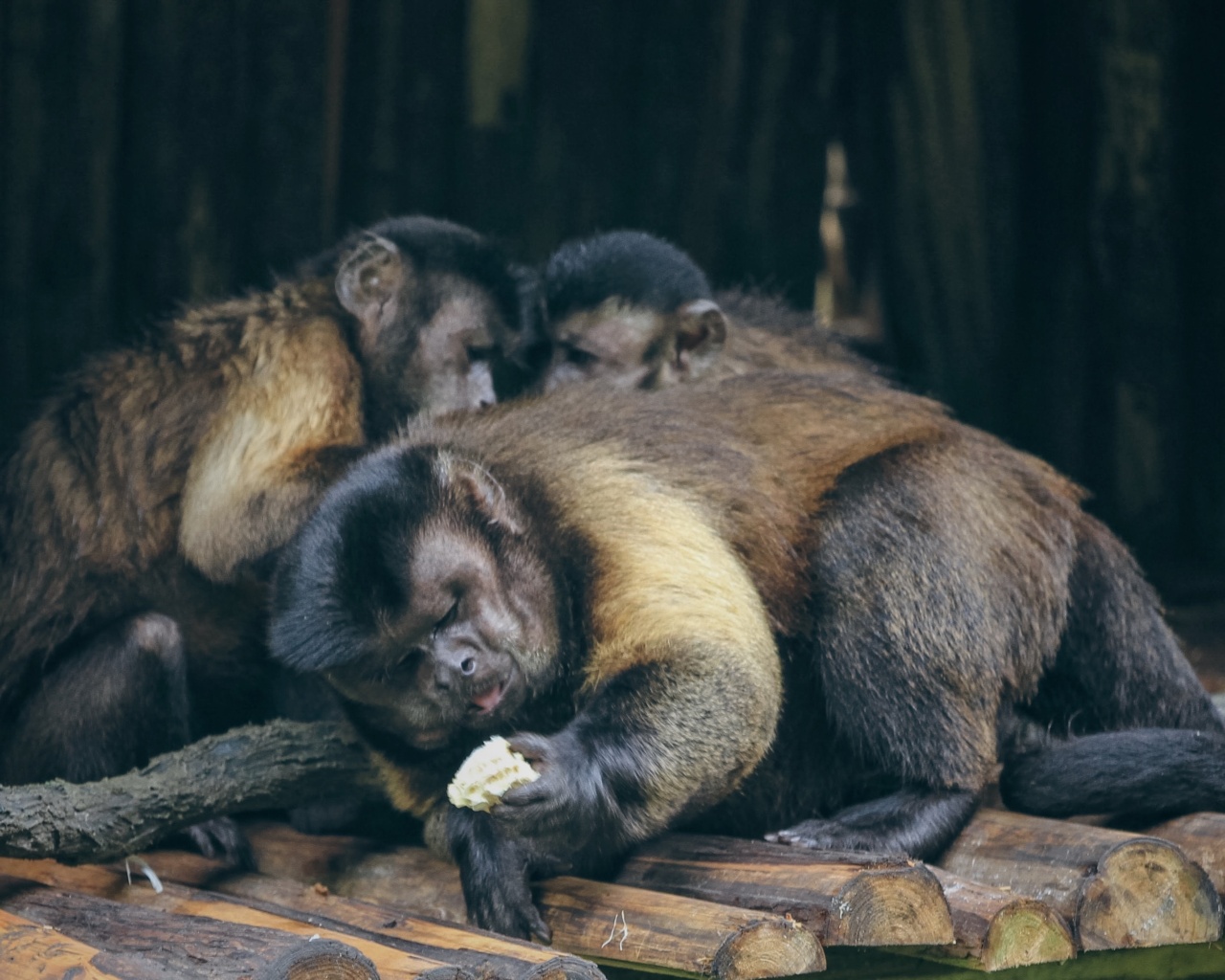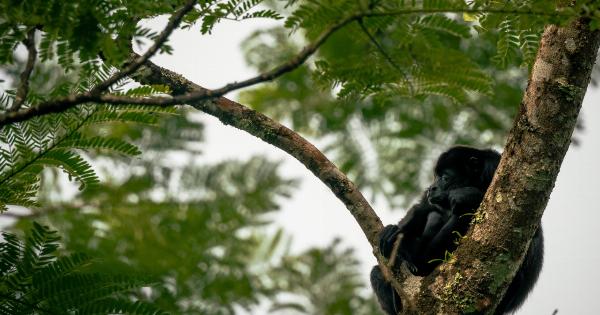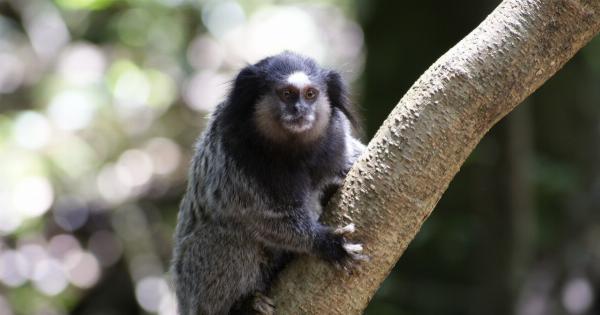The year 2020 will forever be remembered as the year of the COVID-19 pandemic.
The virus, which originated in Wuhan, China, quickly spread across the globe and infected millions of people, leading to countless deaths and causing widespread panic and disruption. But there have been other outbreaks in the past, some of them caused by viruses that have affected animals.
In this article, we will focus on one such outbreak, the Monkeys Looper – Gogos Outbreak of Crucifixion, which caused havoc in the monkey population in Brazil and raised concerns about the potential for zoonotic disease transmission to humans.
The Outbreak
The Monkeys Looper – Gogos Outbreak of Crucifixion was first reported in late 2019 in the Atlantic Forest, a region of Brazil that is home to a wide variety of wildlife, including monkeys.
The outbreak was caused by a virus that had never been seen before, and which was subsequently identified as a new strain of the Looper virus. The virus is thought to have originated in fruit bats, which are known to carry many different types of viruses that can be transmitted to other animals and humans.
The Symptoms
The symptoms of the Monkeys Looper – Gogos Outbreak of Crucifixion were severe and varied depending on the species of monkey affected.
Some monkeys suffered from high fever, seizures, and convulsions, while others experienced paralysis and eventually died from respiratory failure. The most disturbing symptom, however, was the appearance of lesions on the monkeys’ hands and feet that resembled crucifixion wounds. This led to the name “Crucifixion Disease” being used to describe the outbreak.
The Spread
The Monkeys Looper – Gogos Outbreak of Crucifixion spread rapidly throughout the monkey population in Brazil, with thousands of monkeys being infected within weeks of the initial report.
The virus was transmitted between monkeys through close contact and bodily fluids, such as saliva and blood. The outbreak was especially concerning because some of the monkey species affected were endangered, and there were fears that the outbreak could wipe out entire populations.
The Response
The Brazilian government quickly responded to the Monkeys Looper – Gogos Outbreak of Crucifixion by implementing a containment strategy that included the quarantine and isolation of infected monkeys and the deployment of teams to monitor the spread of the virus. The government also launched an investigation into the outbreak and worked with international organizations such as the World Health Organization to better understand the virus and its potential for human transmission.
The Lessons Learned
The Monkeys Looper – Gogos Outbreak of Crucifixion highlighted the importance of monitoring zoonotic diseases and their potential for spillover into human populations.
It also underscored the importance of collaboration between governments and international organizations in responding to infectious disease outbreaks and mitigating their effects.
The Future
The Monkeys Looper – Gogos Outbreak of Crucifixion served as a wake-up call for governments, scientists, and the general public about the potential threat of emerging infectious diseases.
While the outbreak was contained, it raised concerns about the potential for future outbreaks and the need for continued vigilance and preparedness. Experts believe that the spread of zoonotic diseases will continue to be a significant threat in the future, and that more research and resources will be needed to address this ongoing challenge.
Conclusion
The Monkeys Looper – Gogos Outbreak of Crucifixion was a tragic reminder of the potential for emerging infectious diseases to wreak havoc on our planet.
While we cannot predict when or where the next outbreak will occur, we can take steps to mitigate their effects and prevent the spread of these diseases. Through increased vigilance, education, and collaboration, we can work to prevent future outbreaks and protect our planet’s most vulnerable populations.






























